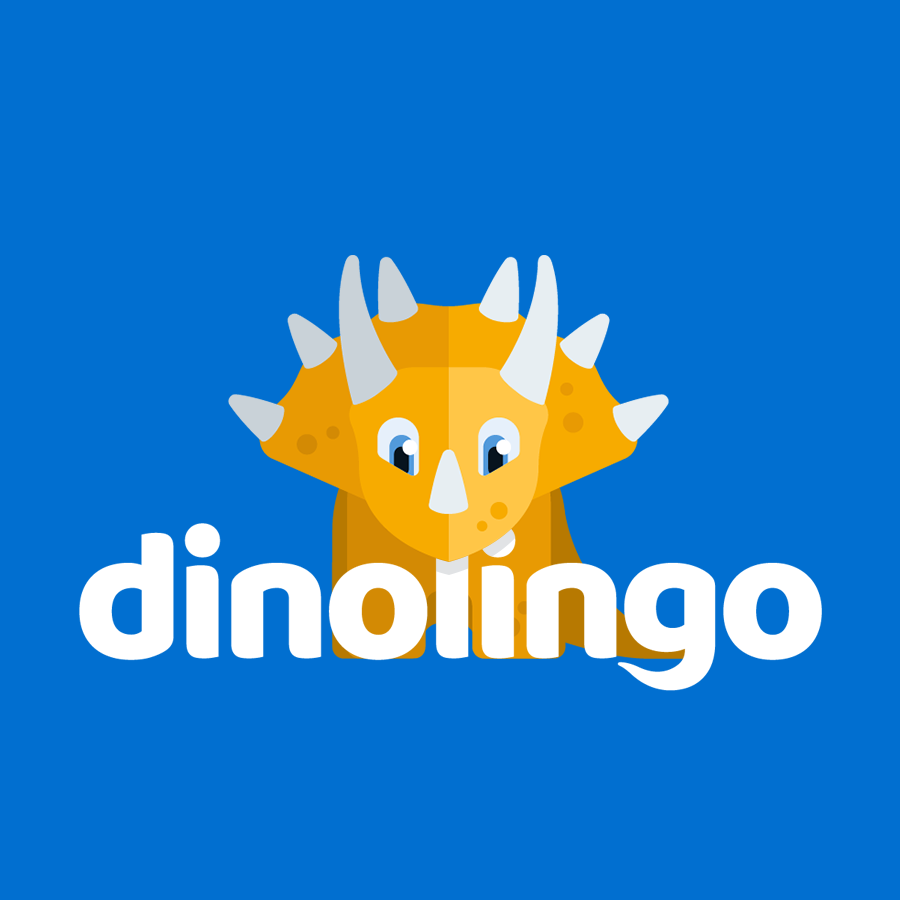Learn the Portuguese Alphabet: Easy A-to-Z for Children
The Portuguese alphabet may look very similar to the English one—but it has some fun differences that make learning it a unique experience! Whether you’re just starting out or helping your child explore Portuguese, here’s everything you need to know.
How Many Letters Are in the Portuguese Alphabet?
The Portuguese alphabet has 26 letters, just like English. But only 23 letters are commonly used in Portuguese words. The remaining **three letters—K, W, and Y—**are mainly used for foreign or borrowed words, such as kilobyte or wallaby.
Capital Letters in Portuguese
Here are the capital (uppercase) letters used in Portuguese:
A B C D E F G H I J K L M N O P Q R S T U V W X Y Z
Small Letters in Portuguese
And here are the lowercase letters:
a b c d e f g h i j k l m n o p q r s t u v w x y z
How to Pronounce the Letters in Portuguese
The sounds of the alphabet in Portuguese can be a little different from English. Here’s a helpful guide:
| Letter | Pronunciation (Portuguese) |
|---|---|
| A | a |
| B | be |
| C | ce |
| D | de |
| E | e |
| F | efe |
| G | ge |
| H | aga |
| I | i |
| J | jota |
| K | capa |
| L | ele |
| M | eme |
| N | ene |
| O | o |
| P | pe |
| Q | que |
| R | erre |
| S | esse |
| T | te |
| U | u |
| V | ve |
| W | dabliu (or duplo v) |
| X | xis |
| Y | i grego |
| Z | ze |
What About Accents and Special Characters?
Portuguese vowels—a, e, i, o, u—can wear “hats” or “tails” to change their sound!
-
Acute (´) – Makes the vowel sound more open.
-
Grave (`) – Often used when two words are combined (like prepositions).
-
Circumflex (^) – Gives the vowel a nasal sound.
-
Cedilla (ç) – Makes the c sound like an s, for example in the word coração (heart).
How Do Portuguese Kids Learn Their Alphabet?
Just like in English, Portuguese-speaking kids often learn their ABC’s with a song! The melody is very similar to the English version, but the lyrics are sung with Portuguese letter names. This helps kids remember the order and pronunciation easily.
Want to Hear and Practice the Alphabet?
If your child loves songs, games, and colorful visuals, Dinolingo’s Portuguese for Kids program includes fun alphabet songs, pronunciation guides, and interactive games designed to make learning the ABCs exciting. You can explore Dinolingo’s Portuguese curriculum to get started!
Let your child sing, color, and pronounce their way through the Portuguese alphabet, one joyful letter at a time.
